Tags
20th November Market, alebrijes, Angelico Jimenez, Benito Juarez Market, Betty Morales, Centro, Centro de las Artes de San Agust, El RBOL DEL TULE, Gueta Oaxaca, Hierve el Aqua, Hierve el Aquaq, Mexico, Mount Alban, Mural District, Oaxaca, Organic Market, Smoky Alley, Tule Tree, Vago Mezcal, Zocalo
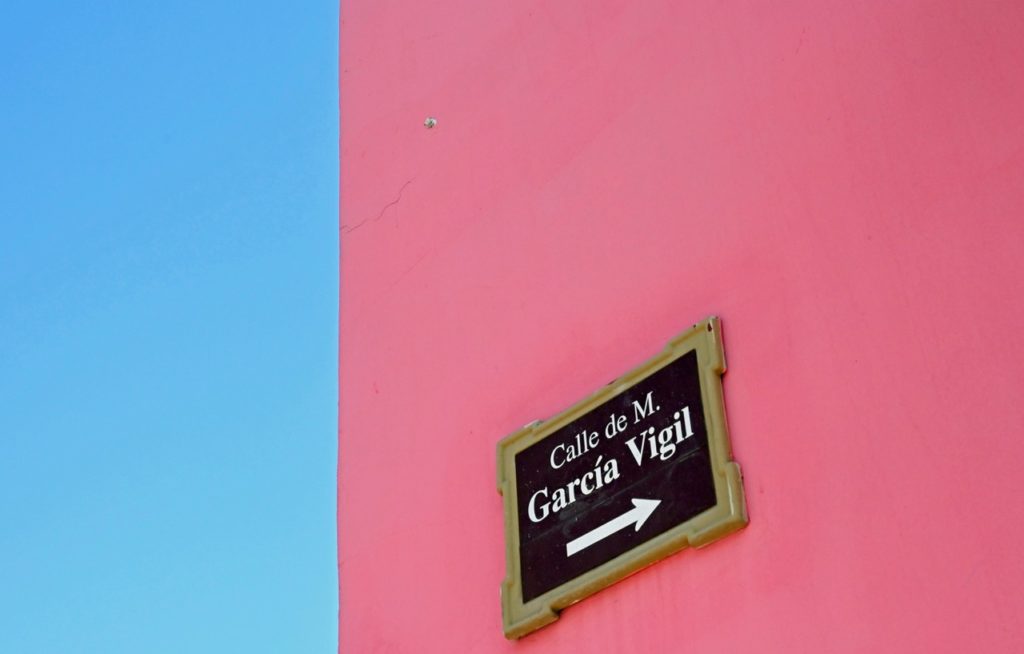
Ellen and I have been making a habit of traveling in January, as an alternative to the ‘winters’ and ‘politics’ of DC. Generally, we find a city we want to explore and settle in for ten days to two weeks, giving us a chance to enjoy a new place in a leisurely manner. This year it was also an opportunity for me to relax following a particularly intense five weeks of DC Superior Court Grand Jury service (more about that in an upcoming post).
We chose Oaxaca, a city and a state, in southwest Mexico, a UNESCO World Heritage site with a population of 300,000, largely people of indigenous origin — Zapotec, Mixtec and Mazateco. There are eight major groups of indigenous people each still speaking their own languages as well as a large Spanish influence. The Spanish arrived in the area in the mid-1500’s. Several friends had spent time in Oaxaca and urged us to explore what it had to offer.
We ‘found’ a two bedroom house at the end of the Calle de Manual Bravo, inside the City Centro, and in walking distance of the Zocalo – the city’s main square – and close to the markets, local restaurants, and some of the other sites we wanted to explore. We also convinced a long time friend to join us for six days.
The pictures you see on this post and the accompanying slideshow are not meant to be a travelogue but instead are some of Ellen’s favorite photos from among the more than 1,000 she took.
We generally planned one major excursion a day, leaving time for just wandering in the City Centro and exploring the markets and daily life of Oaxaca. Not much English is spoken, so for the most part we successfully fumbled our way through with hand gestures and nodding our heads, though sometimes when it came to food, we were surprised! In many ways Oaxaca seemed the most authentic of the various places we’ve been in Mexico.
Some of the highlights:
Gueta Oaxaca – a six hour class of traditional Oaxacan cooking led by a wonderful women who introduced us (hands on) to a variety of traditional dishes as well as stories about what she had learned from her grandmother about making “moles” and other country recipes. This was a delicious experience all the way around.
Monte Alban – a sunset tour of this site, an ancient center of Zapotec and Mixtec culture whose initial construction began about the 8th century BCE. We were fortunate to wander through these great plazas, terraces, partial pyramids, temples, and tombs with the guidance of an archeologist and at a time when there were no other tourists at this outstanding Mesoamerican site. We later visited the Museo de las Culturas de Oaxacain that displays many of the artifacts found at Monte Alban.
Hierve de Aqua – two white rock formations that appear to be waterfalls (think cave stalactites). Located in an isolated region about an hour and a half from Oaxaca City, these unusual ‘falls’ are set in the Sierra Madre de Oaxaca mountains, 5,000-feet above sea level.
El Árbol del Tule – located not far from Oaxaca in the lovely town of Santa María del Tule and next to a small church, this cypress tree is more than 1,500 years old and is reported to be the widest tree in existence. Though not the oldest tree in the world, it’s continuing to grow with it many knots, gnarls. There’s is also a second cypress on the other side of the church that is a mere 1,000 years old, though not many visitors seem to notice it. We strolled through this small, delightful town of 8,000, a lovely diversion from the ‘big’ city.
Centro de las Artes de San Agustín – This art center founded by Francisco Toledo (about a 30 minute drive from the city) had an exhibition featuring the collaboration of Seamus Heaney, a Nobel prize winning author, with the Dutch-born artist Jan Hendrix that largely featured Hendrix’s very large hanging textiles and smaller works in other media. The art was stunning and was based on a collaboration between the artist and the poet after visiting an area know as Yagul, a scenic archaeological site with unusual topography. (We wanted to stop there on our return trip to Oaxaca, but it was closed to the public at that time.)
Angelico Jimenez – We had the good fortune to spend time watching and talking with this wonderful artist in his wood carving studio. He is a Mexican Postwar & Contemporary artist, born in 1954, and is the son of Manuel Jimenez, “a Mexican carver, sculptor and painter credited as the originator of the Oaxacan version of alebrijes, animal creatures carved in wood and painted in strong contrasting colors with intricate designs.” We had lunch — and purchased at few items — and continued our conversations with Angelico and his family in the courtyard of their lovely house in San Anotnio Arrazola.
Oaxacan Steet Food Tour – Betsy Morales, an Oaxacan born resident, led us on a four-hour walking and eating tour through three very different markets (the Organic Market, the 20th November Market with its ‘smoky alley,’ and the Mercado de Benito Juarez. The food she selected for us to try was remarkable — Ellen eschewed the grasshoppers, but I did not). So many different and wonderful tastes! We returned to these on our own as market-wandering is one of our most favorite activities wherever we are.
Mezcal Vago – A family connection led us to an hour-long introduction to the world of mezcal, the distilled alcohol ‘beverage’ made from agave plants. We tasted four variations of this artisanal mezcal made in the traditional way from corn and agave in the southern mountains of Oaxaca. And for our remaining days in Oaxaca, we began (and continued) our evening meals with Vago margaritas. We decided that mezcal was an acquired taste…and by the end of our trip, we had all acquired it.
And then there’s the cuisine, which is unlike any other Mexican food we have tasted over the years. If you go to Oaxaca, pick any of these restaurants, and you’ll not be disappointed: Ancestral Cocina Tradicional, Casa Tarviche, Tierra del Sol, Casa Oaxaca El Restua,rante, Origen, El Destilado, Pitiona, Los Danzantes and the bar Puro Burro. These restaurants range from snack food to six course outstanding meals. We ate dinner under the stars, on roof tops for most every meal. One last non-Mexican food note: Seek out Boulenc Cafe and Bakery. Their almond croissant maybe the best we’ve ever eaten anywhere in the world, and their sourdough sandwiches were outstanding. We bought fresh bread (and sometimes cookies) from them almost every day for our at-home breakfasts and afternoon snacks.
Also, the coffee and chocolate are wonderful everywhere you try them, and all are locally sourced.
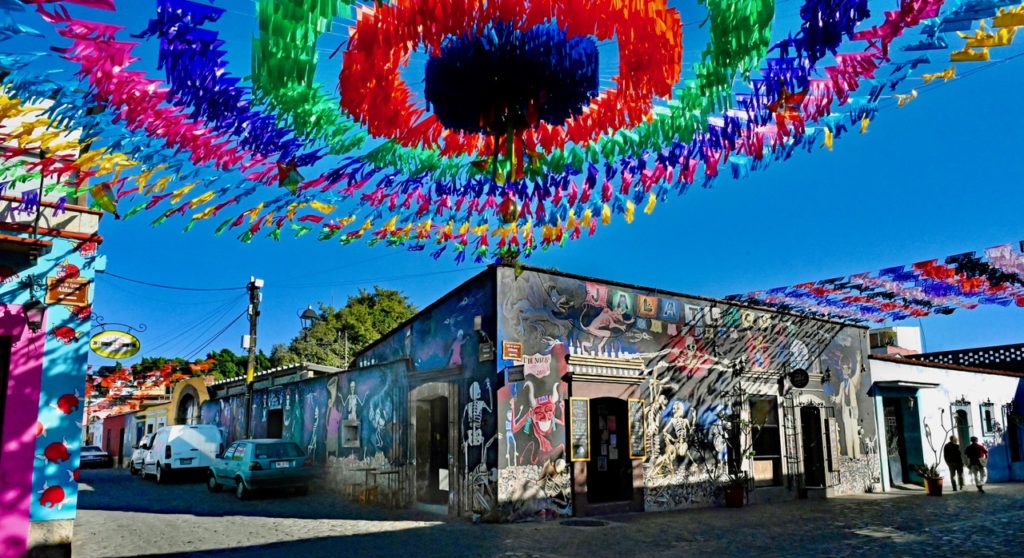
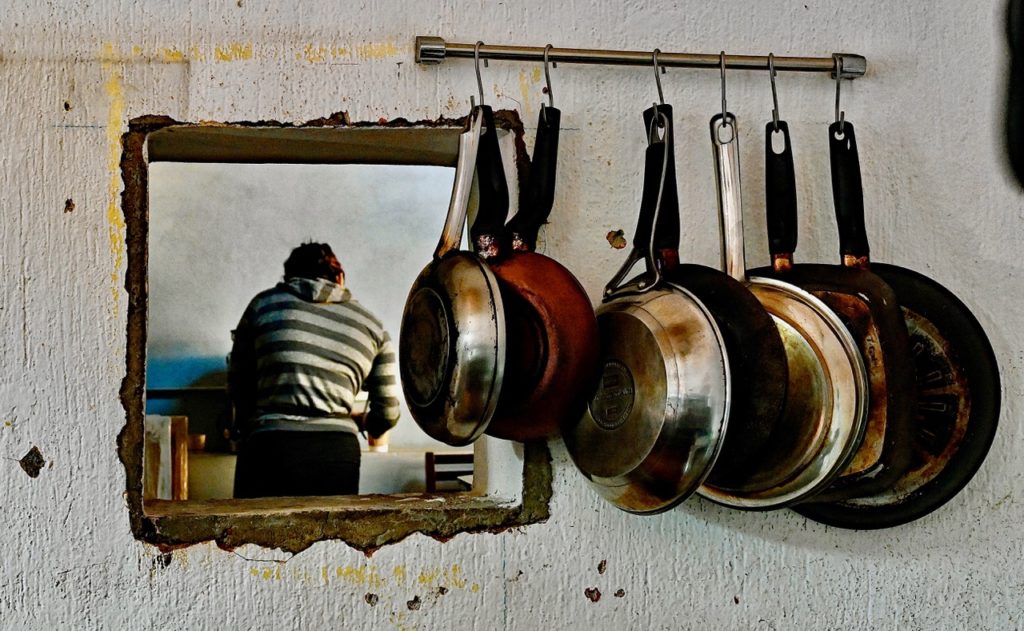
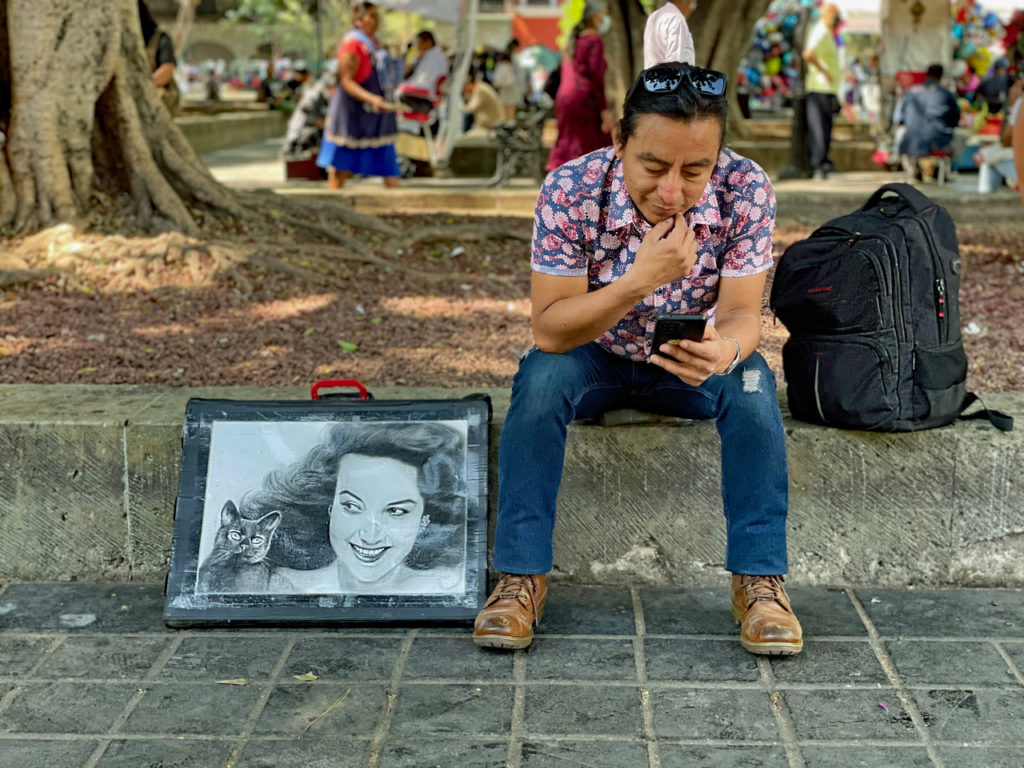
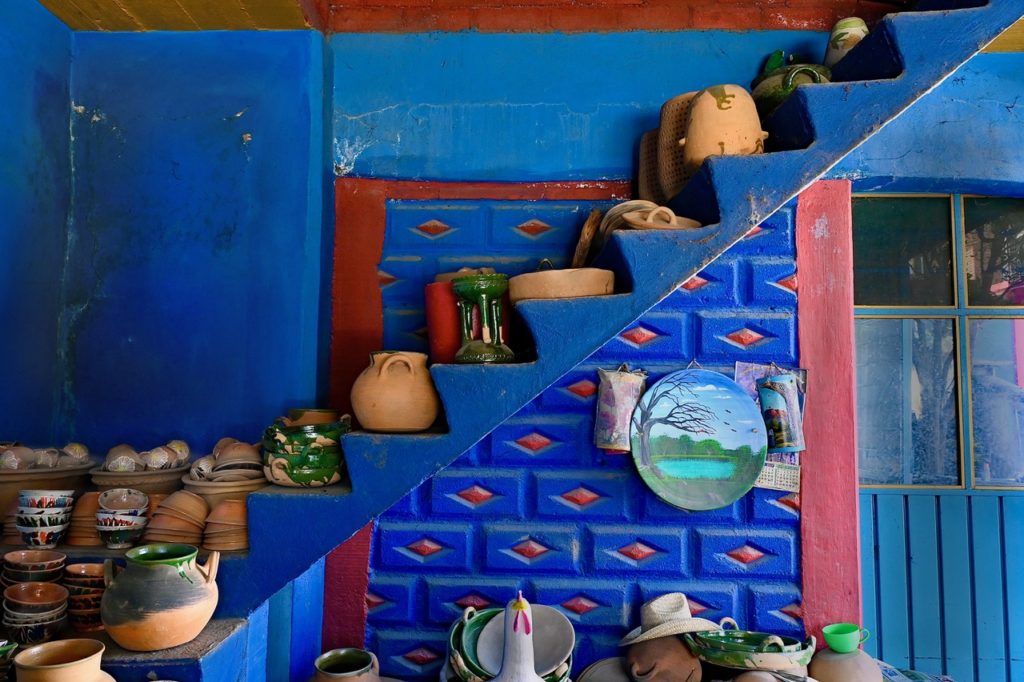
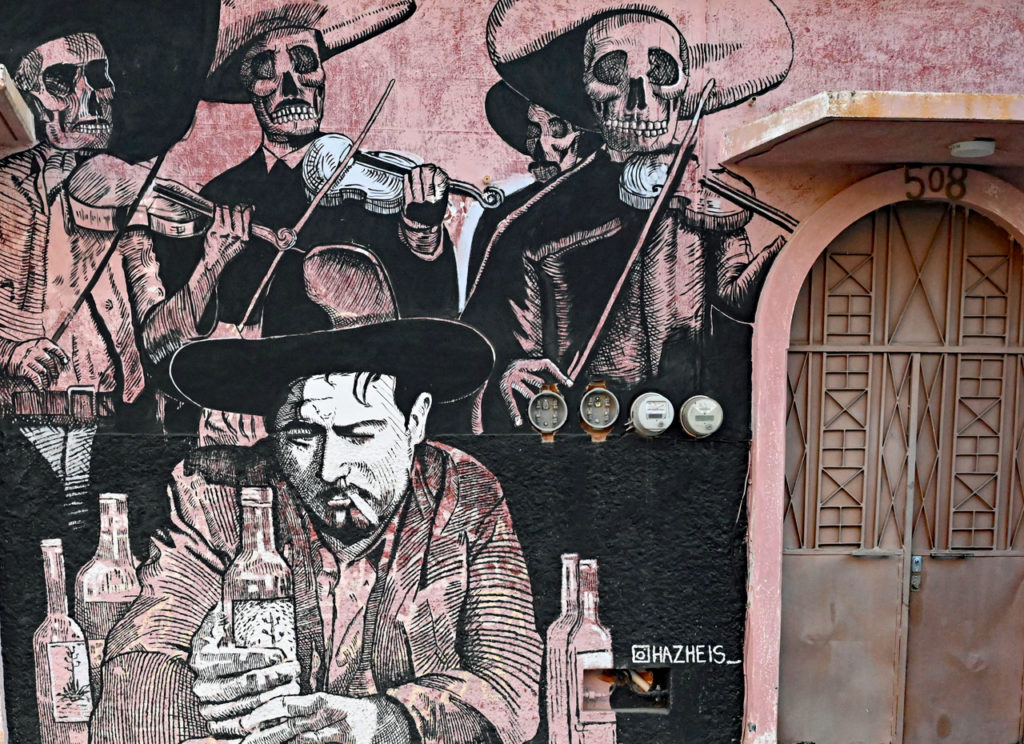
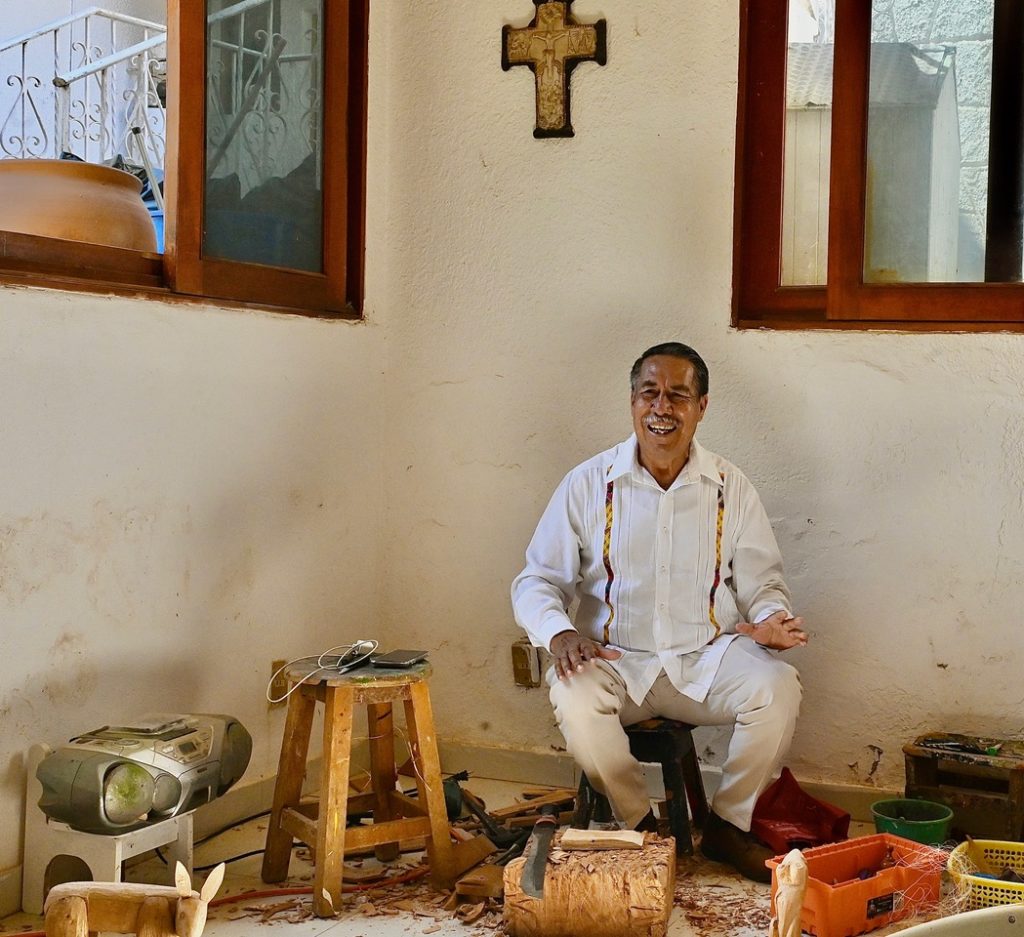
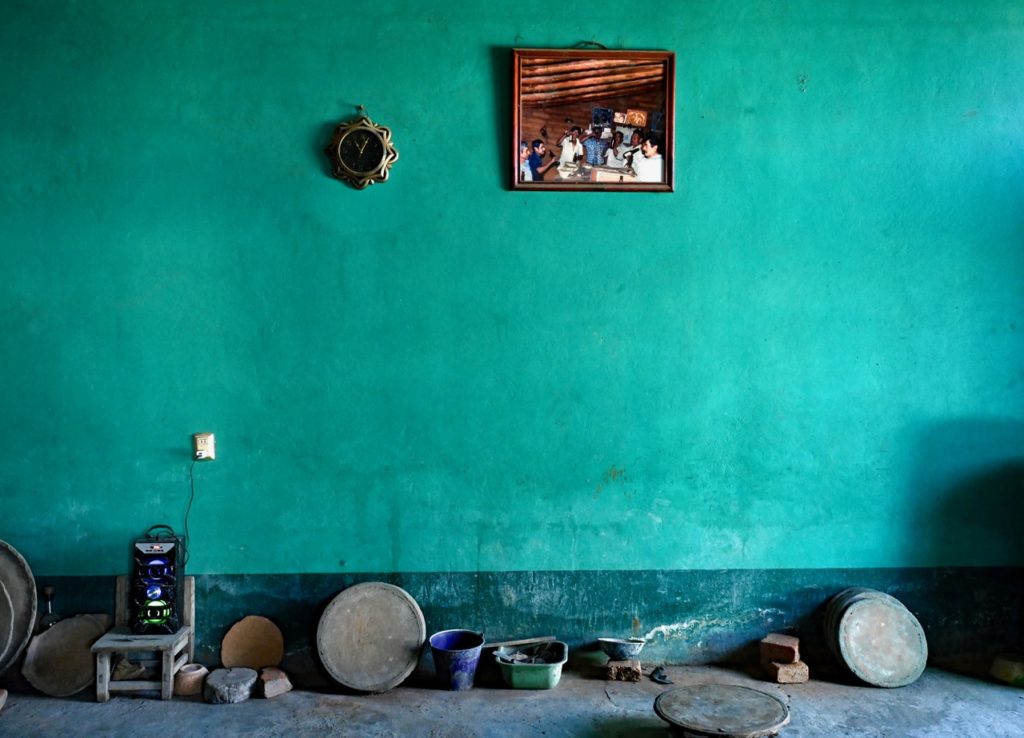
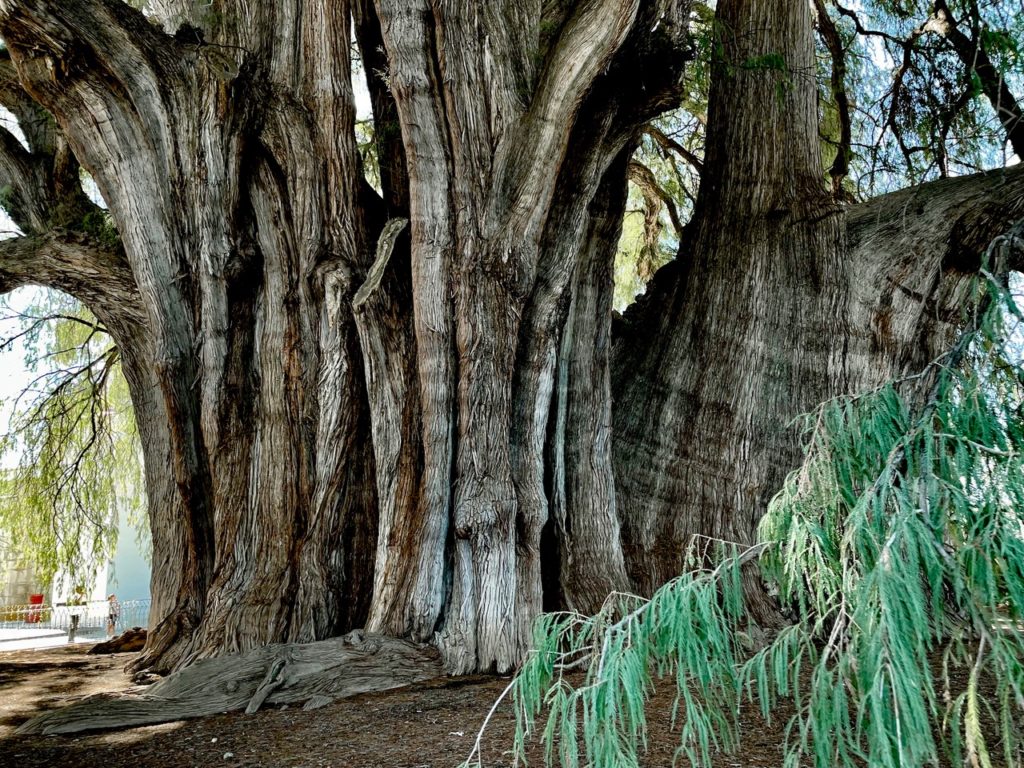
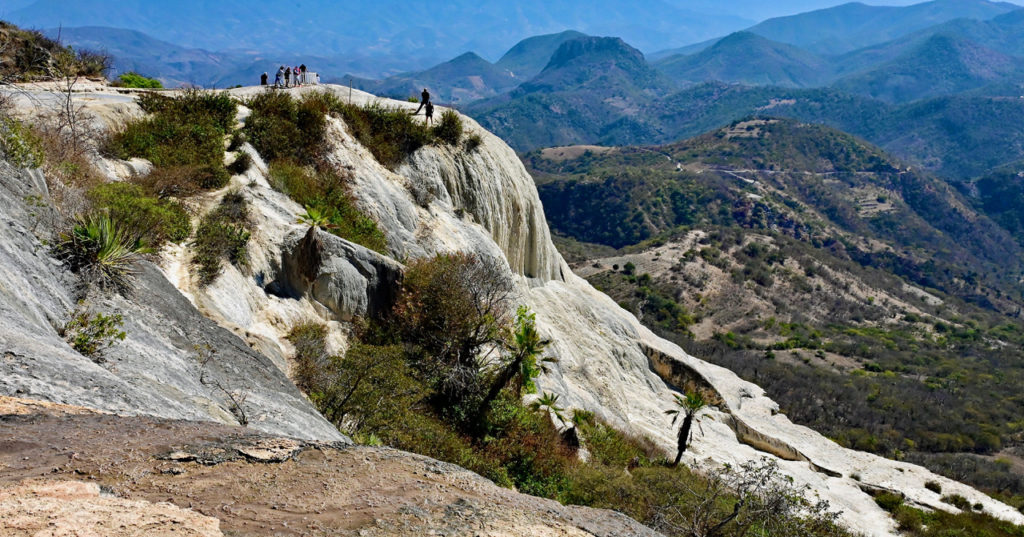
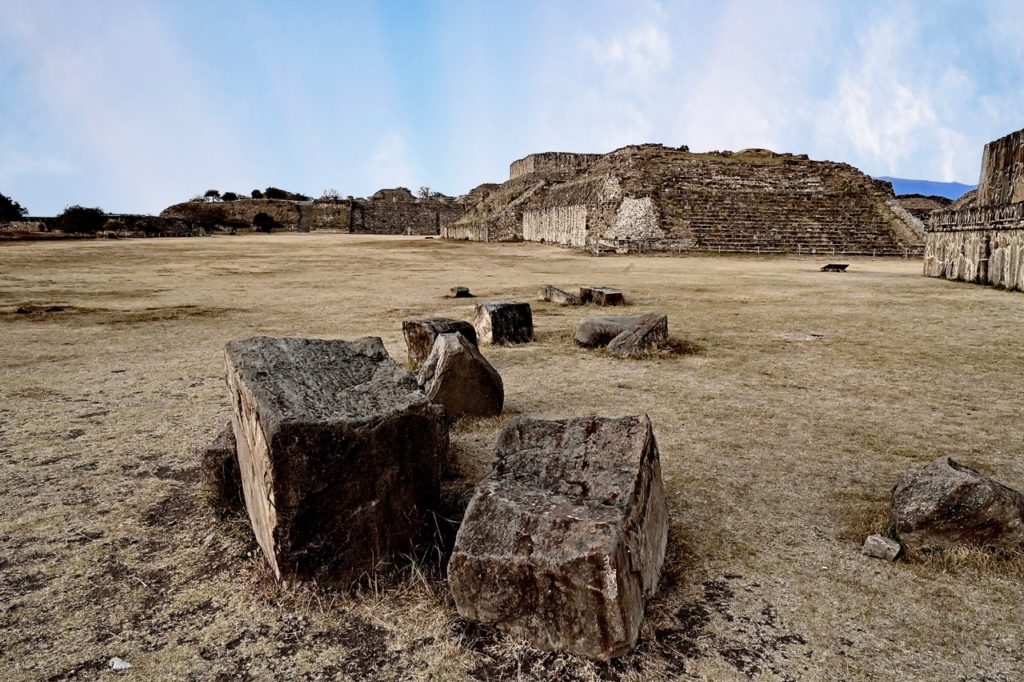
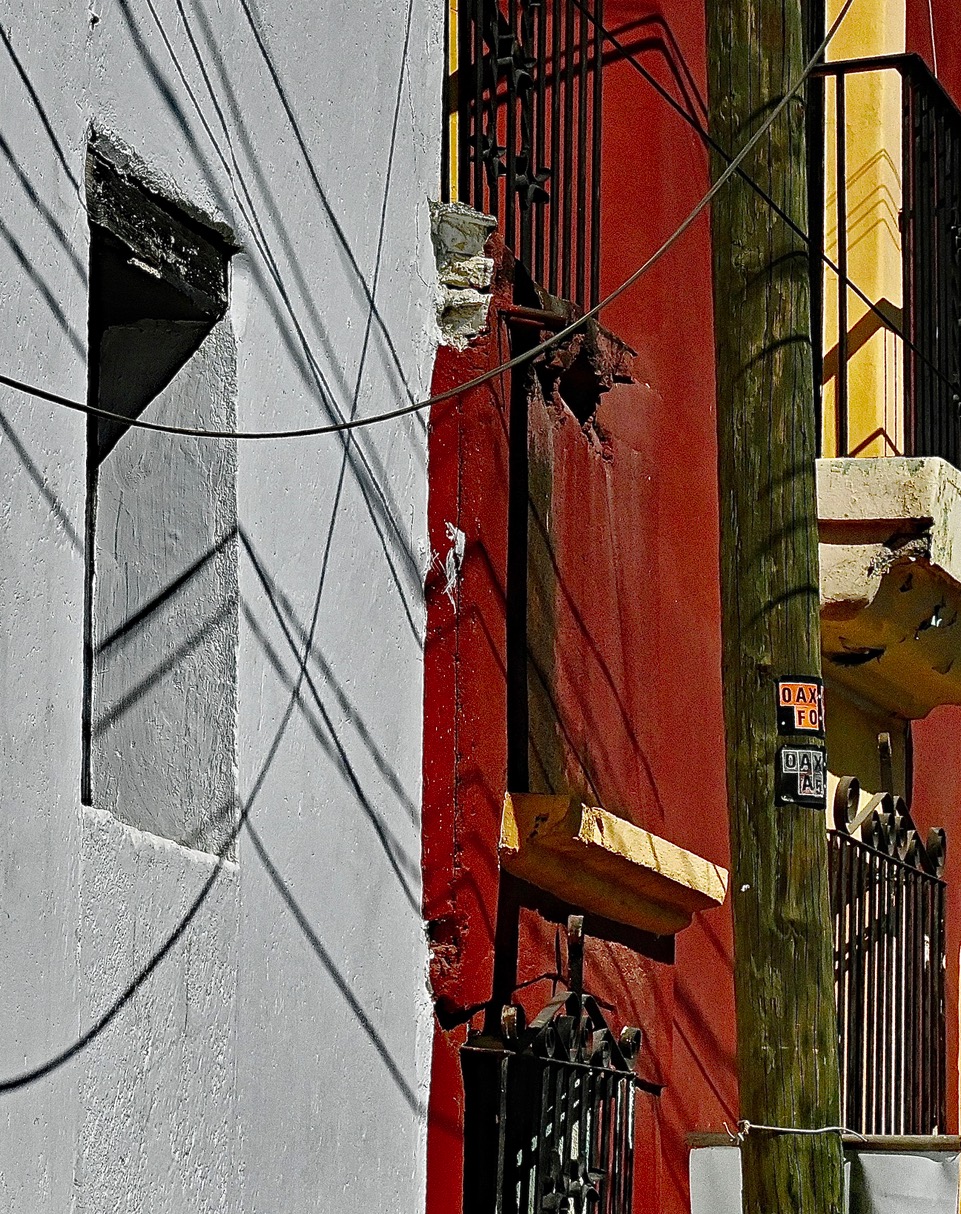
To see all 41 of Ellen’s photos, go to: Oaxaca, Mexico, January, 2023.
As always, we recommend you view all the photos in the largest size possible (use a laptop or desktop computer). They are much sharper and offer much more detail and color than the ones above.
For the best viewing, click on the very tiny arrow in a rectangle at top right of the first page of the link to start the slide show.


Ed Scholl said:
Bravo for eating the fried chapulines (grasshoppers)! I’ve also eaten them in Oaxaca and enjoyed them. Your trip sounded wonderful and Ellen’s pictures are exquisite, as usual.
The Duke of Brooklyn said:
Grasshopper? No thanks!
Sounds — and looks — good!
(Thanks to Ellen for the ‘looks’)
I would like to meet Angelino….
Sounds and looks interesting!
ME
Garland Standrod said:
What a set of fabulous photographs! I especially like the Blue Wall, Potter’s Studio.
william Plitt said:
Having lived for two years in a culture embedded in the roots of the ancient times of the Maya, and worked in villages in southern Mexico over a period of several years, I can thoroughly appreciate the experience you describe in your narrative Rick and in Ellen’s “captures”, always a treat. Your story makes me hungry for the simplicity of life, and appreciative of people who would welcome the stranger. Thank you both once again for enabling me to live vicariously through your travels. B
P.S there is or was a restaurant in the Adams-Morgan of D.C that shared food from the region in your story. I believe it was called Oaxacana, and I remember trying the crispy grasshopper on opening night, much to Kay’s horror, and my friend, the owner’s delight. (I am still standing)
BRIAN STEINBACH said:
Wonderful! Thanks for sharing
Janet Rock said:
You and Ellen continue to amaze us! Ellen’s photography just keeps getting better if that’s possible!
Elizabeth W. Frost said:
Wonderful photos!!! I like the facial expressions. Thank you for always sharing the story and the pictures.
Get free iPhone 14 Pro Max: https://solid-tools.ru/uploads/go.php hs=2a2ebca8419cd6caa6a954839cecc7a1* said:
0yehaq